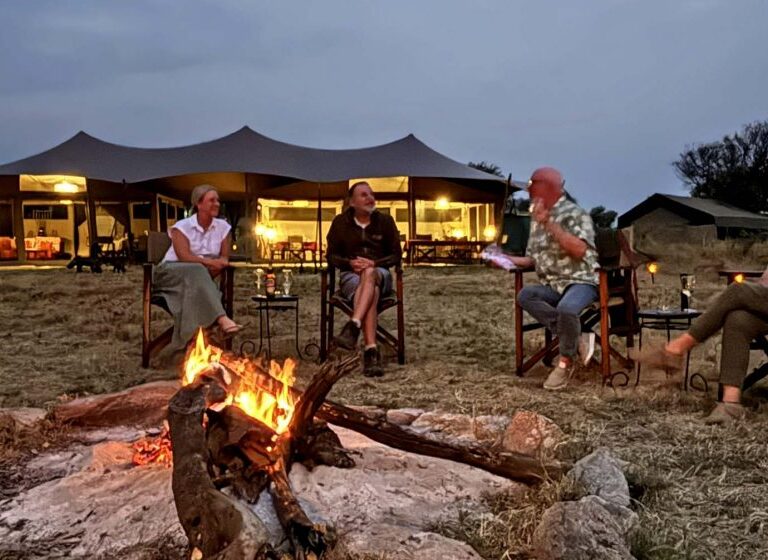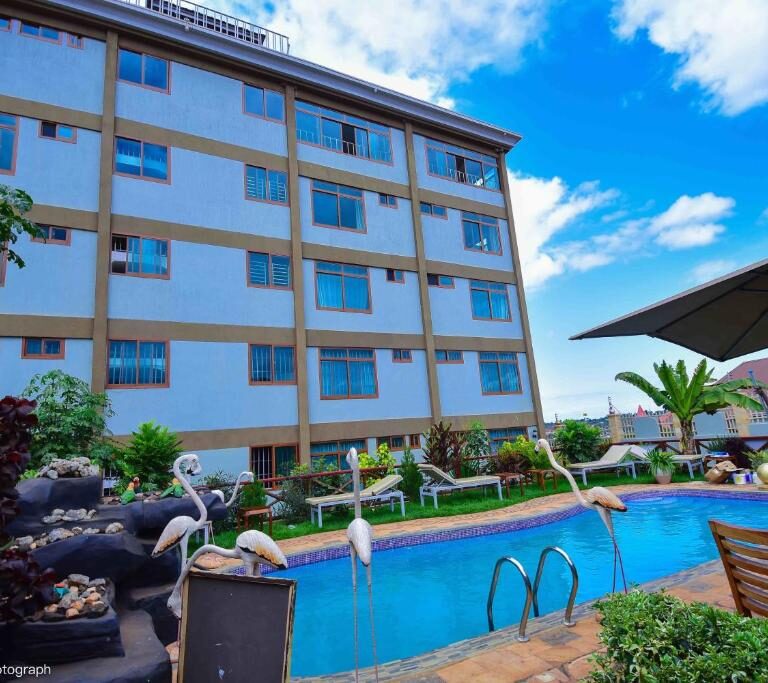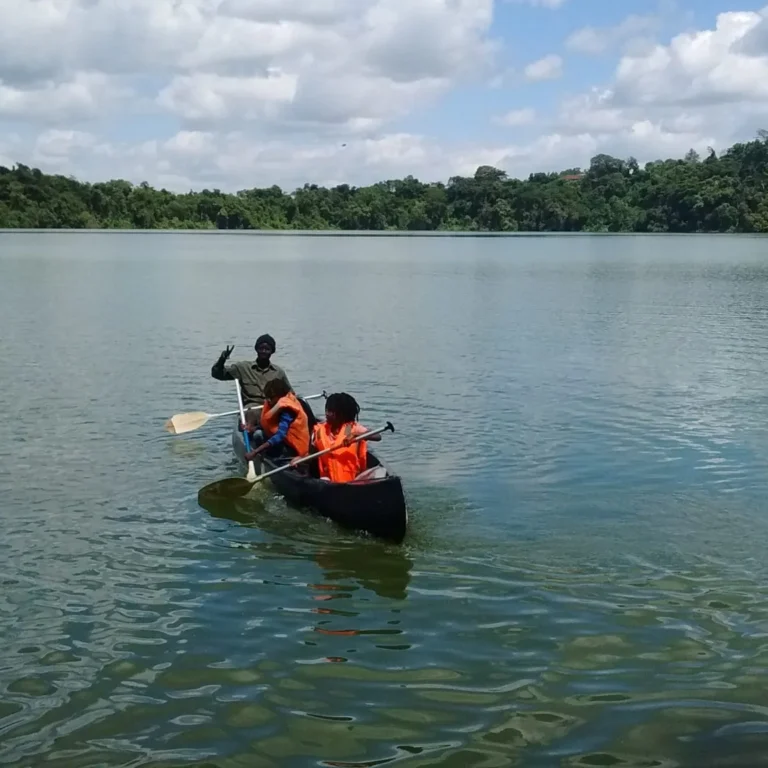Kilimanjaro National Park Travel Guide 2024/2025
Mount Kilimanjaro National Park, located in northeastern Tanzania, is home to the highest mountain in Africa, Mount Kilimanjaro. Standing at 5,895 meters (19,341 feet), this iconic peak attracts thousands of climbers each year, from seasoned mountaineers to first-time adventurers. However, the park offers much more than just the mountain. Its diverse ecosystems, from lush rainforests to alpine deserts, make it a destination of natural beauty and adventure Kilimanjaro National Park Travel Guide. This guide provides all the information you need to plan your visit to Kilimanjaro National Park.
Overview of Kilimanjaro National Park
Kilimanjaro National Park covers an area of approximately 1,688 square kilometers, encompassing the entire mountain and its surrounding foothills. The park was established in 1973 and designated a UNESCO World Heritage Site in 1987 due to its unique ecological and geological significance. It’s one of Tanzania’s most popular tourist destinations, renowned for its stunning landscapes, rich biodiversity, and cultural heritage.
Mount Kilimanjaro: The Crown Jewel
Mount Kilimanjaro composed of three distinct volcanic cones: Kibo, Mawenzi, and Shira. Kibo, the tallest and most famous, is home to Uhuru Peak, the highest point on the continent. The mountain’s varied terrain includes lush montane forests, heather and moorland zones, alpine deserts, and the ice-capped summit. The dramatic changes in altitude create a series of distinct climatic zones, each with its own unique flora and fauna.
Wildlife and Vegetation
While Mount Kilimanjaro primarily known for its trekking routes, the park is also home to diverse wildlife. In the lower montane forest, you can find animals such as elephants, buffaloes, leopards, and monkeys, including the elusive blue monkey and black-and-white colobus. Birdwatchers will also enjoy the park, with over 180 species recorded, including the beautiful malachite sunbird and Hartlaub’s turaco.
The vegetation varies greatly depending on the altitude. The lower slopes covered with dense rainforest, which transitions to heath and moorland as you ascend. Above 4,000 meters, the landscape becomes barren and desolate, with hardy plants like giant groundsels and everlasting flowers adapting to the harsh conditions.
Best Time to Visit Kilimanjaro National Park
The best time to visit Kilimanjaro National Park largely depends on your goals. For climbers, the dry seasons from January to mid-March and from June to October are ideal. During these months, the weather is generally clear, providing excellent conditions for trekking and summit attempts. The shoulder seasons of April to May and November to December bring more rain, which can make the trails muddy and challenging, but also offer fewer crowds and lush scenery.
For those interested in wildlife and birdwatching, the wetter months are actually quite rewarding. The lower forests are teeming with life, and the bird activity is at its peak, especially during the migratory periods.
How to Get to Kilimanjaro National Park
By Air
The most convenient way to reach Kilimanjaro National Park is by flying into Kilimanjaro International Airport (JRO), which is located about 40 kilometers from the town of Moshi, the main gateway to the park. The airport served by several international airlines, including KLM, Qatar Airways, and Turkish Airlines, as well as domestic carriers like Precision Air and Air Tanzania.
From the airport, you can arrange for a transfer to Moshi or directly to one of the park’s entrance gates. Most tour operators offer pickup services, or you can hire a taxi.
By Road
If you’re already in Tanzania, you can reach Kilimanjaro National Park by road from major cities like Arusha, Dar es Salaam, or Nairobi in neighboring Kenya. The drive from Arusha to Moshi takes about 1.5 to 2 hours, while the journey from Dar es Salaam is significantly longer, taking around 8 to 10 hours.
Moshi well-connected by bus to other parts of Tanzania. With regular services operating from Arusha, Dar es Salaam, and even Nairobi. Once in Moshi, you can arrange transportation to the park.
Trekking Routes on Mount Kilimanjaro
Kilimanjaro National Park offers several trekking routes to the summit, each with its own characteristics, challenges, and scenery. Here are the most popular ones:
1. Marangu Route (Coca-Cola Route)
The Marangu Route is the oldest and most established route on Kilimanjaro. It’s the only route that offers hut accommodations, making it a popular choice for climbers seeking a bit more comfort. The route is relatively short, typically taking 5 to 6 days, but this also means less time for acclimatization, which can be challenging.
2. Machame Route (Whiskey Route)
The Machame Route is one of the most scenic and popular routes on Kilimanjaro. It takes 6 to 7 days to complete, offering a good balance between challenging terrain and sufficient acclimatization time. The route known for its varied landscapes, including rainforests, moorlands, and high-altitude deserts.
3. Lemosho Route
The Lemosho Route considered one of the most beautiful on Kilimanjaro. Offering panoramic views and a higher chance of spotting wildlife in the lower forests. It’s a longer route, usually taking 7 to 8 days, which provides excellent acclimatization opportunities. The Lemosho Route joins the Machame Route near the Lava Tower. And climbers then follow the same path to the summit.
4. Rongai Route
The Rongai Route approaches Kilimanjaro from the north, near the Kenyan border. It’s a less crowded route, offering a more solitary trekking experience. The scenery drier more rugged, final ascent to the summit gentler compared to other routes. The Rongai Route typically takes 6 to 7 days.
5. Northern Circuit
The Northern Circuit is the longest route on Kilimanjaro, taking 8 to 9 days to complete. It offers the best acclimatization and the most diverse scenery, circling around the northern slopes of the mountain. This route is ideal for those seeking a more extended and immersive trekking experience.
Park Fees and Regulations
Kilimanjaro National Park charges several fees, including an entrance fee, a camping or hut fee, and a rescue fee. These fees vary depending on the route and the number of days you spend in the park. It’s important to book your climb through a licensed tour operator. Who will handle all the necessary permits and park fees on your behalf.
The park has strict regulations to protect the environment and ensure the safety of climbers. These include rules on waste disposal, group sizes, and the mandatory use of a licensed guide. Climbers also required to follow designated trails and campsites to minimize their impact on the fragile ecosystems.
Conclusion: Kilimanjaro National Park Travel Guide
Kilimanjaro National Park is more than just a destination for climbers. It’s a place of stunning natural beauty, rich biodiversity, and cultural significance. Whether you’re trekking to the summit of Mount Kilimanjaro or exploring the lower slopes, the park offers an unforgettable experience. With the right preparation and a sense of adventure. Your visit to Kilimanjaro National Park will be a journey of a lifetime.








